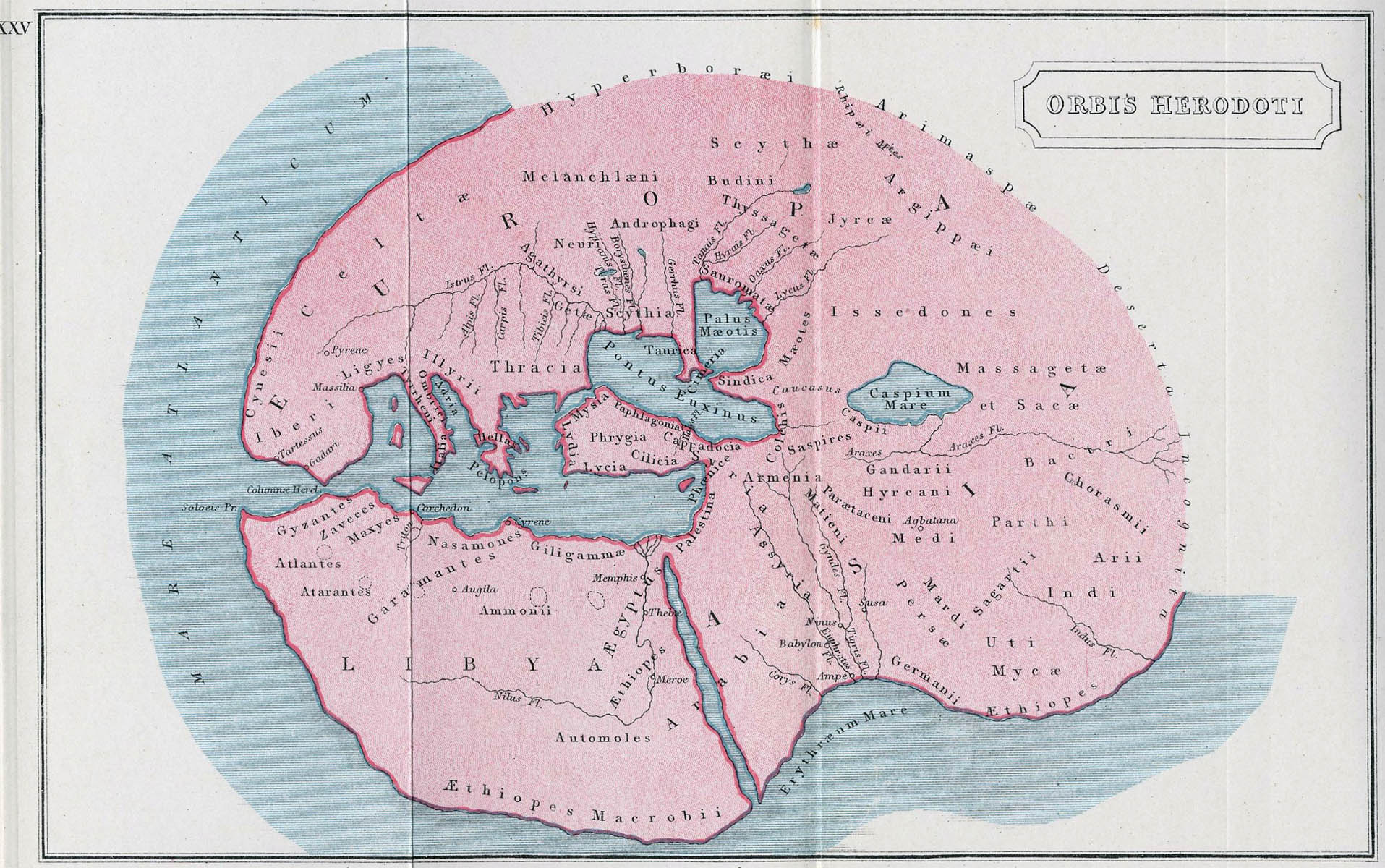Thyssagetae on:
[Wikipedia]
[Google]
[Amazon]
 The Thyssagetae ( grc, Θυσσαγέται) were an ancient tribe described by
The Thyssagetae ( grc, Θυσσαγέται) were an ancient tribe described by
 The Thyssagetae ( grc, Θυσσαγέται) were an ancient tribe described by
The Thyssagetae ( grc, Θυσσαγέται) were an ancient tribe described by Herodotus
Herodotus ( ; grc, , }; BC) was an ancient Greek historian and geographer from the Greek city of Halicarnassus, part of the Persian Empire (now Bodrum, Turkey) and a later citizen of Thurii in modern Calabria (Italy). He is known fo ...
as occupying a district to the north-east of Scythia
Scythia ( Scythian: ; Old Persian: ; Ancient Greek: ; Latin: ) or Scythica (Ancient Greek: ; Latin: ), also known as Pontic Scythia, was a kingdom created by the Scythians during the 6th to 3rd centuries BC in the Pontic–Caspian steppe.
...
, separated from the Budini
The Budini ( Ancient Greek: Βουδίνοι; ''Boudínoi'') was a group of people (a tribe) described by Herodotus and several later classical authors. Described as nomads living near settled Gelonians, Herodotus located them east of the Tanais r ...
by a "desert" that took seven days to cross.Herodotus. ''Histories'', 4.22.1: "...after the desert, if one inclines somewhat to the east, the Thyssagetae are reached, a numerous nation quite distinct from any other, and living by the chase." The Thyssagetae therefore seem to have occupied the southern end of the Ural Mountains
The Ural Mountains ( ; rus, Ура́льские го́ры, r=Uralskiye gory, p=ʊˈralʲskʲɪjə ˈɡorɨ; ba, Урал тауҙары) or simply the Urals, are a mountain range that runs approximately from north to south through western ...
, north of the Caspian Sea
The Caspian Sea is the world's largest inland body of water, often described as the world's largest lake or a full-fledged sea. An endorheic basin, it lies between Europe and Asia; east of the Caucasus, west of the broad steppe of Central A ...
.
According to the 19th Century archaeologist Sir Ellis Minns
Sir Ellis Hovell Minns, FBA (16 July 1874 – 13 June 1953) was a British academic and archaeologist whose studies focused on Eastern Europe.
Educated at Charterhouse, he went to Pembroke College, Cambridge studying the Classical tripos including ...
, the form of their name suggests that the Thyssagetae spoke an Iranian language
The Iranian languages or Iranic languages are a branch of the Indo-Iranian languages in the Indo-European language family that are spoken natively by the Iranian peoples, predominantly in the Iranian Plateau.
The Iranian languages are groupe ...
, such as Scythian
The Scythians or Scyths, and sometimes also referred to as the Classical Scythians and the Pontic Scythians, were an ancient Eastern
* : "In modern scholarship the name 'Sakas' is reserved for the ancient tribes of northern and eastern Centra ...
or Sarmatian
The Sarmatians (; grc, Σαρμαται, Sarmatai; Latin: ) were a large confederation of ancient Eastern Iranian equestrian nomadic peoples of classical antiquity who dominated the Pontic steppe from about the 3rd century BC to the 4th cen ...
, like the neighbouring Massagetae
The Massagetae or Massageteans (Ancient Greek: ; Latin: ), also known as Sakā tigraxaudā (Old Persian: , "wearer of pointed caps") or Orthocorybantians (Ancient Greek: ; Latin: ),: As for the term “Orthocorybantii”, this is a translati ...
(on the north-east shores of the Caspian).Ellis Hovell Minns, (2011; orig. 1903), ''Scythians and Greeks: A Survey of Ancient History and Archaeology on the North Coast of the Euxine from the Danube to the Caucasus'', Cambridge, Cambridge University Press p. 107.
The 15th Century chronicler Giacomo Filippo Foresti (a.k.a. Jacobus Philippus Foresti da Bergamo) mentioned a river in the area named the ''Thisageta'', and Minns suggested that the name of the Chusovaya
The Chusovaya (russian: Чусова́я) is a river flowing in Perm Krai, Sverdlovsk Oblast and Chelyabinsk Oblast of Russia. A tributary of the Kama, which in turn is a tributary of the Volga, it discharges into the Chusovskoy Cove of the Kam ...
(or Chussovaja) River in the Urals may be linked to the Thyssagetae.
While Herodotus claimed that four rivers from the land of the Thyssagetae flowed into the Maeotis (Sea of Azov), he appears to have been mistaken. He may have confused the Caspian Sea with the Maeotis, as one of the rivers, named the "''Oarus''", was almost certainly the Volga
The Volga (; russian: Во́лга, a=Ru-Волга.ogg, p=ˈvoɫɡə) is the longest river in Europe. Situated in Russia, it flows through Central Russia to Southern Russia and into the Caspian Sea. The Volga has a length of , and a catch ...
.
See also
*Getae
The Getae ( ) or Gets ( ; grc, Γέται, singular ) were a Thracian-related tribe that once inhabited the regions to either side of the Lower Danube, in what is today northern Bulgaria and southern Romania. Both the singular form ''Get'' an ...
* Massagetae
The Massagetae or Massageteans (Ancient Greek: ; Latin: ), also known as Sakā tigraxaudā (Old Persian: , "wearer of pointed caps") or Orthocorybantians (Ancient Greek: ; Latin: ),: As for the term “Orthocorybantii”, this is a translati ...
* Tyragetae
* Geats
The Geats ( ; ang, gēatas ; non, gautar ; sv, götar ), sometimes called ''Goths'', were a large North Germanic tribe who inhabited ("land of the Geats") in modern southern Sweden from antiquity until the late Middle Ages. They are one of t ...
* Gutes
Notes
Sources
*{{EB1911 , wstitle=Thyssagetae , volume=26 , page=26 , first=Ellis Hovell , last=Minns , author-link=Ellis Minns Ancient peoples of Russia Nomadic groups in Eurasia Tribes described primarily by Herodotus Iranian nomads Scythian tribes